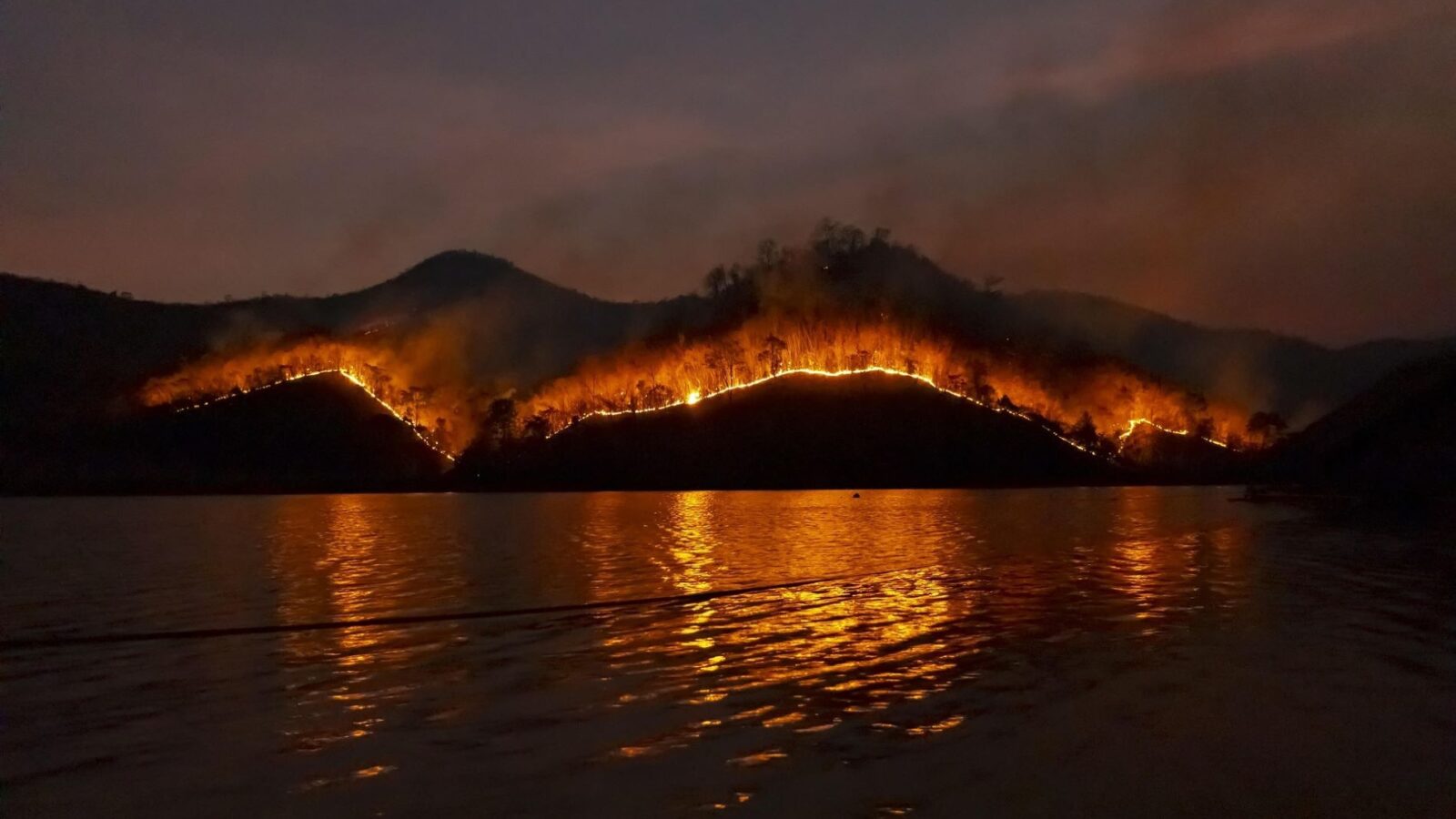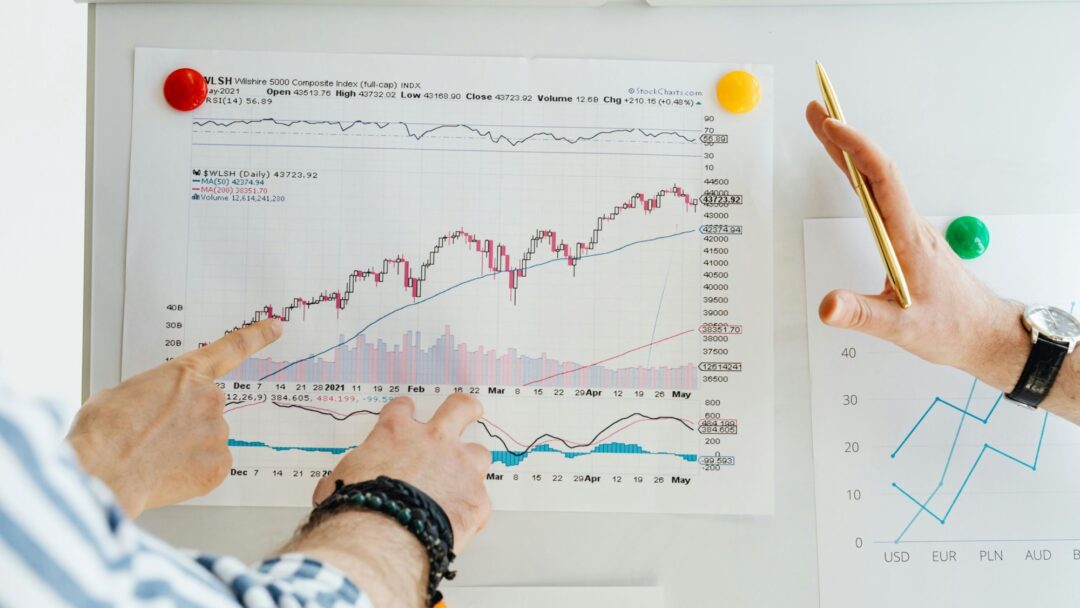Audio
Powerd NewsWrap 23rd July 2025
01 season
23rd July 2025
15 mins
Brought to you by the Disability Media Australia, the Powerd Newswrap presents articles from the powerd.media website, along with discussions of the related topics.

This week on the Powerd Newswrap
Sam Rickard is joined by Emma Myers, Powerd Media’s Disability and Political Reporter, to discuss the issues of the week and present the latest articles from https://powerd.media/
This week’s article read by Pam Green:
Left behind – the deadly gaps in emergency preparedness for Australians with disability: https://powerd.media/news/left-behind-the-deadly-gaps-in-emergency-preparedness-for-australians-with-disability
This program is brought to you by Disability Media Australia.
Vision Australia ID 0:00
Welcome to a Vision Australia radio podcast. Love our podcasts. Why not listen to us live, tune in anywhere, anytime, ask your smart device to play Vision Australia radio, or visit va radio.org
Pam Green 0:21
on the Vision Australia and reading radio networks. This is the Powerd news
Sam Rickard 0:25
wrap G'day. I'm Sam Ricard. It's the 23rd of July, 2025 we're presenting a special article from the Powerd dot media website. And as usual, I'm actually joined by the writer of this article, Emma Myers, how you going? Good? How are you? I am particularly good. It's cold. I don't I think you're actually colder where you are. I bet you're actually colder than where you
Emma Myers 0:46
are. Quite pleasant. At the moment, it's 11 degrees, and I'm inside the warm building, so I'm all right,
Sam Rickard 0:55
ah yes, I've got, I've got memories of Canberra, and it's winters anyway, we are talking about an article you were nominated for an award with, and you've got to write a personal story that sort of comes with it. I mean, so you were inspired to write it because of your own experiences.
Emma Myers 1:11
Yes. So I moved out of home about a year or so ago into an apartment building, and I live on the fourth floor, and as I was waiting for the lift, I was looking at the emergency evacuation map, and I realized that there was nothing to indicate how someone with a disability should evacuate The
Sam Rickard 1:39
building. Well, yeah. I mean, you can't exactly use the stairs instead of the lift. No, not really this article itself. I mean, it was published a little while ago, but you had a few rather sort of harrowing tales, not just from Australia, but from around the
Emma Myers 1:53
world. Yeah. So I also looked at statistics from the Grenfell tower fire that about 40% of the people in that building who perished in that fire were people with disability. That and incredible, yeah, yeah, it's, it's really and in Australia were even worse, because close to 50% of all five fatalities in our country every year are people with disability. And
Sam Rickard 2:28
now for this special one off article, we cross to none other than Pam Green, who is the station manager for Vision Australia radio Adelaide.
Pam Green 2:35
Thanks Sam. Despite making up 18% of the population, people with disability account for nearly half of fire related fatalities. Advocates argue that systemic failures in emergency preparedness put lives at risk. Megan Spindler Smith, the Deputy CEO of people with disability Australia, lives on a property near the Hawkesbury river in semi rural New South Wales, as an ambulant wheelchair user, they recall being faced with an impossible choice in late 2019 as the bill pin fire headed in their direction as the flames licked at Megan's homestead, they attempted to Hold down the property on their own. I was metaphorically running around, because, really, I was just kind of dragging myself around to put out the fires. They said. Megan was forced to choose between moving to a location they were told was inaccessible, or stay where they were in a potentially life threatening situation the local evacuation center did not have a wheelchair accessible space, I would not have been able to use a bathroom. Instead, I had to make the decision to try and shore up my home. Although the fire did not hit their home directly, there were spot fires and their property lost power. It was probably better to just leave early and get out. However, it was not possible at the time for someone to come and help me. Looking back, Megan realized they were between a rock and a hard place. People with disability are expected to evacuate early, but if there is no actual process to provide early warning, then it's not actually possible for us to evacuate. Megan acknowledges this is because of systemic misunderstandings of disability rather than the willingness of emergency crews. I was scared. They said, unlike a lot of people around me, I wasn't prepared. I didn't know how to be prepared as a wheelchair user. I didn't even know where my closest accessible evacuation center was. Nobody knew, and it wasn't as close as expected. According to the NDIS quality and safeguards commission, people with disability are at disproportionate risk. Risk of being affected by fires and other emergencies in their homes. On average, approximately 64 people across Australia die in preventable fires in their homes each year, and approximately 62% of these people have a disability. What's more, the Australian Journal of Emergency Management published a study stating people with disability accounted for 47% of fire fatalities in Australia, between 2003 and 2017 yet the prevalence of disability in this country is one in six. That's 18% or about 4.4 million people. According to the Australian Bureau of Statistics, this study also highlighted a significant representation of fire fatalities with no clear declining trend in regional and remote areas. The figures are equally shocking in both the United Kingdom and the USA evidence from the Grenfell tower inquiry found that of the 72 people who lost their lives in the catastrophe fire, 41% had a disability at the inquiry facilitate Hardy Disability Rights UK, head of policy was quoted saying that disabled people knew they were sitting ducks. Should there be a disaster? They raised safety concerns, which were dismissed time and again. The inquiry has heard from residents who said they were bullied and stigmatized when they raised such concerns over in the US. Warrey Callum Sykes, a 32 year old Australian man with cerebral palsy and other disabilities, died while living in a cottage on his mother's Shelley 17 acre property during the recent la bush fires. This was due to his mother's cause not connecting to emergency services and being unable to lift him herself. Shelley was forced to leave her son driving 400 meters through the smoke to the local fire station, only to be told crews had no water when she returned home, her son's cottage was burnt to the ground. No person with disability should have to rely on having a wonderful neighbor or a good friend. Megan stresses that is our emergency services responsibility, and I'm not talking about our Volunteer Services. I'm talking about our wider services. Claire gibellini is the policy officer for women with disabilities Australia, based in Western Australia. Claire volunteers with the Department of Fire and Emergency Services facilitating free webinars for different groups around the importance of preparedness for people with disability. She says a friend of hers was almost left behind because of inadequate planning and danger warnings. I have an amazing friend who's deaf, blind. There was a fire, and they were ordered to evacuate. Ms gibellini explains she didn't get the warnings, and it's only because she's connected to the local political party that they thought to come and get her. She didn't even know this was happening. Deputy CEO of people with disability Australia, Megan Spindler Smith suggests assumptions rather than evidence, lead to problems. There's a lot of assumptions around accessibility of advanced warnings that everyone can access them if they're based on a telephone. That's not always the case. Claire gibellini blames a one size fits all approach, I think all Australians have this idea that we can just call triple zero and someone will come. But if that's our only plan, then that puts us at more risk. She says, the policy officer argues emergency preparedness needs to be a cohesive partnership between the disabled community and the government states and territories. Stuart moreby agrees. He's a volunteer SES emergency serviceman in New South Wales and South Australia who has over the last 25 years responded to various types of emergencies, including assisting the Rural Fire Service with bush fires. It does come down to the problems of Federation. He says states have primary responsibility and the legislative power of the constitutional clout to make sure these emergency agencies exist. Mr. Morby says they've all got different ways of doing things, and they don't coordinate while waiting, what can people with disability do to prepare in an emergency evacuation? Claire says it's important to know what to do, when to do it, and to notify your contacts in advance. Don't wait until an emergency having a plan that we've got in place and communicated to other people. People that work with us or support us, there's no point having a plan and keeping it to yourself. As for states and territories, Megan stresses a lot more needs to be done to lower the rate of fatalities. The reason that there is a discrepancy is either a lack of access to understanding what people with disability need, or a lack of research. Megan Spindler, as Deputy CEO of PWD, says their organization is looking to change that by releasing a resource that's built on lived experience of people with disability. The Resource makes recommendations to both state and territory to help them understand and see in full how to consistently apply it to their local areas. We want to work with both states and territories to provide a forum in the incoming months to really discuss the reform that's required and the ways that we can advance disaster preparedness. And now back to Emma and Sam.
Sam Rickard 11:02
Canberra has been affected in the past by bush fires, so it's not just your normal fire that would affect whether you need to evacuate or not. So tell us about when you were evacuated for a fire drill.
Emma Myers 11:14
Yes. So we did a fire drill in parliament house a couple of weeks ago, and what shocked me was the actual reality of what would happen if Parliament House was to catch fire. So my personal evacuation plan is to go to the nearest landing in an emergency exit stairwell and called the number on the wall and then just wait in the stairwell for someone to come and rescue me. However, although I'm behind a fire door, fire doors only last up to an hour in the event that there's fire on the other side, and it took the security guard 25 minutes to get to me. And then he said, in the event of an actual fire, I would come, and then I would check you, and then I call for another person to come. You got so theoretically would take 45 minutes to an hour just for them to reach me and get me out. And that's not a great feeling.
Sam Rickard 12:27
And dear listener, if you're not aware of this, the current house of parliament, the parliament building was completed in the late 80s, early 90s, so this isn't what you classify as an old building by any marker,
Emma Myers 12:45
no However, any building built in the late 80s and before is protected under the historical buildings law, and so it's very difficult to implement changes. However, I did provide feedback to the emergency management within the building, saying that there needs to be something better than what my current plan is.
Sam Rickard 13:18
Yes, I mean, so back to your own flat as well. I mean, has there been any changes there as well? I mean, have you had any
Emma Myers 13:25
clarification? No, however, I did find that, while not in the AC key, New South Wales, Fire and Rescue have a service where they come and help vulnerable people clear any fire hazards in their place of living, and they'll be put on a register so that the fire brigade knows that there is someone vulnerable living in the affected area, so that they can go and check on them and evacuate them if needed. It's not
Sam Rickard 14:05
perfect, but at least, I suppose it's something anyway. So what have we got to look forward to next week? I've got, did see one article with a rather I'm using title,
Emma Myers 14:15
oh yeah, the key to p. So the key to p is just about no public toilets, having secure locks and encouraging more people with disability to apply for the universal key in order to have access to a secure and accessible restroom in public.
Sam Rickard 14:39
Until then, that is a wrap for this wrap, we'll be back next week. Bye, for now,
Pam Green 14:44
bye. And you can find these articles and more by going to Powerd, spelt P, O, W, E, R, D, dot media, along with the podcast of this show, the powered news wrap was brought to you by disability media Australia. This show is. Produced by Sam Rickard in the Adelaide studios on Vision Australia radio, you.
Continue listening

Brought to you by the Disability Media Australia, the Powerd Newswrap presents articles from the powerd.media website, along with discussions of the related topics.
Powerd NewsWrap 21st May 2025
Powerd NewsWrap by Emma Myers
21st May 2025
•15 mins
Audio

Brought to you by the Disability Media Australia, the Powerd Newswrap presents articles from the powerd.media website, along with discussions of the related topics.
Powerd NewsWrap 28th May 2025
Powerd NewsWrap by Emma Myers
28th May 2025
•14 mins
Audio

Brought to you by the Disability Media Australia, the Powerd Newswrap presents articles from the powerd.media website, along with discussions of the related topics.
Powerd NewsWrap 4th June 2025
Powerd NewsWrap by Emma Myers
4th June 2025
•18 mins
Audio

Brought to you by the Disability Media Australia, the Powerd Newswrap presents articles from the powerd.media website, along with discussions of the related topics.
Powerd NewsWrap 11th June 2025
Powerd NewsWrap by Emma Myers
11th June 2025
•14 mins
Audio

Powerd NewsWrap 18th June 2025
Powerd NewsWrap 18th June 2025
NewsWrap by Emma Myers
18th June 2025
Audio

Powerd NewsWrap 25th June 2025
Powerd NewsWrap 25th June 2025
Powerd NewsWrap by Emma Myers
25th June 2025
•14 mins
Audio

Brought to you by the Disability Media Australia, the Powerd Newswrap presents articles from the powerd.media website, along with discussions of the related topics.
Powerd NewsWrap 2nd July 2025
Powerd NewsWrap by Emma Myers
2nd July 2025
•16 mins
Audio

Brought to you by the Disability Media Australia, the Powerd Newswrap presents articles from the powerd.media website, along with discussions of the related topics.
Powerd NewsWrap 9th July 2025
Powerd NewsWrap by Emma Myers
9th July 2025
•14 mins
Audio

Brought to you by the Disability Media Australia, the Powerd Newswrap presents articles from the powerd.media website, along with discussions of the related topics.
Powerd NewsWrap 16th July 2025
Powerd NewsWrap by Emma Myers
16th July 2025
Audio

Brought to you by the Disability Media Australia, the Powerd Newswrap presents articles from the powerd.media website, along with discussions of the related topics.
Powerd NewsWrap 23rd July 2025
Powerd NewsWrap by
23rd July 2025
•15 mins
Audio

Brought to you by the Disability Media Australia, the Powerd Newswrap presents articles from the powerd.media website, along with discussions of the related topics.
Powerd NewsWrap 30th July 2025
Powerd NewsWrap by
30th July 2025
•15 mins
Audio

Brought to you by the Disability Media Australia, the Powerd Newswrap presents articles from the powerd.media website, along with discussions of the related topics.
Powerd NewsWrap 6th August 2025
Powerd NewsWrap by Emma Myers
6th August 2025
•14 mins
Audio

Brought to you by the Disability Media Australia, the Powerd Newswrap presents articles from the powerd.media website, along with discussions of the related topics.
Powerd NewsWrap 13th August 2025
Powerd NewsWrap by Emma Myers
13th August 2025
•14 mins
Audio

Brought to you by the Disability Media Australia, the Powerd Newswrap presents articles from the powerd.media website, along with discussions of the related topics.
Powerd NewsWrap 20th August 2025
Powerd NewsWrap by Emma Myers
20th August 2025
•14 mins
Audio

Brought to you by the Disability Media Australia, the Powerd Newswrap presents articles from the powerd.media website, along with discussions of the related topics.
Powerd NewsWrap 27th August 2025
Powerd NewsWrap by Emma Myers
27th August 2025
•17 mins
Audio

Brought to you by the Disability Media Australia, the Powerd Newswrap presents articles from the powerd.media website, along with discussions of the related topics.
Powerd NewsWrap 3rd September 2025
Powerd NewsWrap by Emma Myers
3rd September 2025
•17 mins
Audio